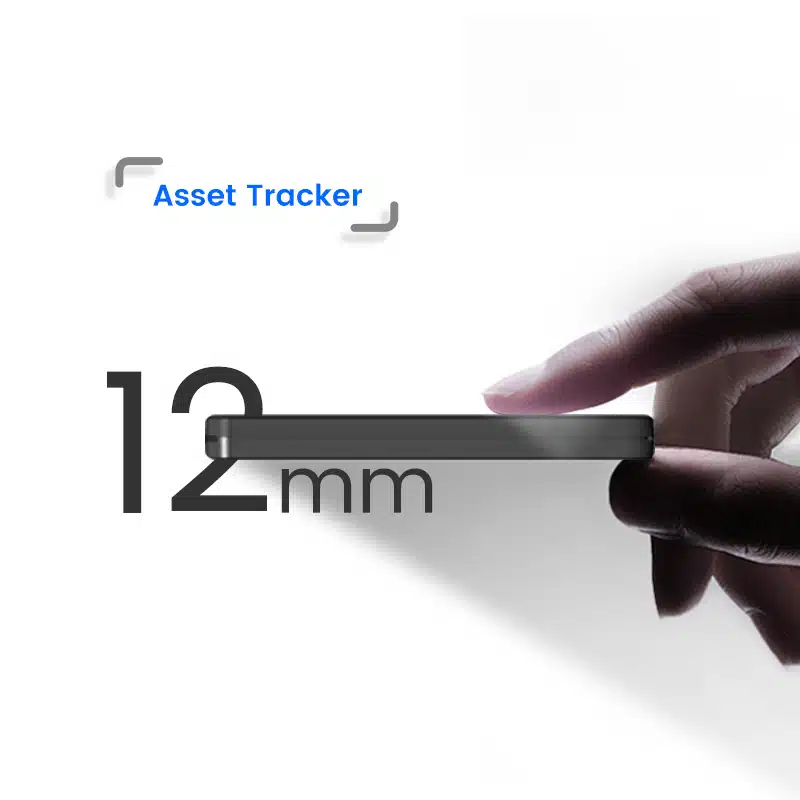A Complete Technical Guide for Modern Pet Safety
In today’s connected world, the safety of pets depends as much on technology as it does on care. GPS dog trackers—small yet powerful devices—combine satellite positioning, cellular networks, and smart data analysis to help owners monitor and protect their pets anywhere on earth.
From understanding how they function to choosing the best GPS collar for dogs, this guide explains every layer of pet-tracking technology—enhanced with insights from SEEWORLD’s P2 Smart Pet Tracker and P5 4G GPS Tracker.
Part 1. What Is a GPS Dog Tracker?
A GPS dog tracker (or GPS pet tracker) is a wearable device attached to a pet’s collar that provides real-time location and activity monitoring. Unlike microchips, which can only identify pets after they’re found, GPS trackers deliver live positional data, helping owners react instantly if a pet goes missing.
Key Functions:
Real-time tracking through satellite networks
Geo-fencing and virtual safe zones
Health and activity monitoring
Data history and route playback
To understand why GPS trackers outperform Bluetooth or AirTags, see Apple AirTag vs GPS Pet Tracker.
Part 2. The Core Technology Behind Dog Trackers
Satellite Positioning (GPS/BDS/Galileo):
The tracker calculates its coordinates using signals from multiple satellites. The more satellites detected, the higher the accuracy—usually within 2–5 meters.Data Transmission via 4G/LTE:
The tracker sends coordinates to a secure cloud server through a built-in SIM card or eSIM. Devices like the SEEWORLD P5 4G Pet Tracker maintain steady global coverage even in remote areas.Real-Time Monitoring via Mobile App:
Owners view their pet’s live location on an interactive map, along with historical routes and activity summaries.Alerts & Analytics:
AI-powered algorithms analyze movement, detect unusual activity, and trigger instant notifications when pets exit safe zones.
Part 3. Types of Pet Tracking Technologies
| Tracker Type | Range | Connectivity | Ideal Use Case | Limitations |
|---|---|---|---|---|
| GPS Dog Collars | Global | Satellite + 4G | Outdoor, travel, and everyday use | Needs cellular plan |
| Radio Frequency Trackers | 1–2 miles | RF signal | Hunting, rural areas | Short range, no map view |
| Bluetooth Tags | 30–100 ft | Bluetooth | Indoor or small spaces | Limited distance |
For details on subscription options and how they impact functionality, refer to Do All GPS Trackers Require a Subscription?.
Part 4. Key Features of Modern GPS Dog Collars
Modern GPS collars go beyond simple tracking. They integrate health data, AI detection, and smart connectivity to offer complete pet insight.
1. Real-Time Tracking
Stay connected with your pet anywhere. The P5 4G GPS Dog Tracker updates every few seconds, using a combination of GPS and Wi-Fi positioning for precise coverage.
P5 Pet GPS Tracker
2. Virtual Safe Zones (Geofencing)
Define a digital perimeter around your home, park, or yard. If your dog crosses the boundary, you receive an instant alert on your phone.
3. Health & Activity Monitoring
Devices like the P2 Smart GPS Tracker for cats and dogs track daily activity, sleep quality, and heart rate—providing a health overview similar to a fitness watch.
4. Location History & Route Playback
Review past movements to understand your pet’s routine. This is especially useful for multi-pet households or professional trainers monitoring behavioral patterns.
5. Durability & Battery Efficiency
Waterproof (IP67+), impact-resistant housings ensure reliability. Battery optimization technology allows up to 10 days of standby on SEEWORLD P5.
Part 5. How Accurate Are GPS Dog Trackers?
GPS accuracy depends on:
Number of satellites visible
Local terrain (open field vs urban area)
Weather and signal interference
Premium devices combine GPS + BDS + LBS + Wi-Fi data to improve accuracy. The SEEWORLD P5 4G model typically achieves sub-2.5m precision, suitable for both city and countryside environments.
Part 6. How Far Can GPS Dog Trackers Work?
Unlike Bluetooth trackers, which are limited by distance, GPS trackers work globally as long as network coverage is available.
For instance, a gps dog collar connected to the 4G network can send data even when your pet is miles away, making it invaluable for outdoor adventures or rural living.
Part 7. How Long Does a GPS Dog Tracker Last?
| Device | Battery Life | Network Type | Highlights |
|---|---|---|---|
| Bluetooth Tag | 1–2 days | Bluetooth | Short range |
| Tractive GPS | 3–5 days | 4G | Activity tracking |
| SEEWORLD P5 | Up to 10 days | 4G/LBS | Dual-mode positioning |
| Garmin TT15 | 20–30 hrs | Satellite + RF | Hunting use |
Part 8. Cost & Subscription Overview
| Brand | Device Price | Subscription | Core Advantage |
|---|---|---|---|
| Tractive | From $49 | Required | Cloud tracking, live map |
| Whistle | From $99 | Required | Health insights |
| Garmin | From $149 | Optional | Long-range hunting |
| SEEWORLD P2 | Moderate | Optional | Smart health + 4G GPS |
| SEEWORLD P5 | Moderate | Optional | Real-time + long battery |
For a breakdown of subscription models, see Do All GPS Trackers Require a Subscription?.
Part 9. How GPS Tracking Enhances Pet Safety
Beyond location tracking, GPS collars can save lives. Instant alerts reduce response time when pets go missing. Activity data can identify early signs of health issues like fatigue or stress.
For step-by-step recovery guidance, visit the Comprehensive Guide to Finding a Lost Dog.
Part 10. Comparing Leading GPS Dog Collars
| Model | Connectivity | Health Monitoring | Waterproof | Best For |
|---|---|---|---|---|
| Tractive GPS | 4G | Basic | Yes | Urban pets |
| Garmin Alpha | RF + GPS | No | Yes | Hunting |
| Whistle GO Explore | 4G + Wi-Fi | Yes | Yes | Active pets |
| SEEWORLD P5 4G | 4G Global | Yes | IP67 | Outdoor dogs |
| SEEWORLD P2 Smart Tracker | 4G + Health Sensors | Yes | IP67 | Cats & small dogs |
Part 11. Best Practices for GPS Tracker Use
Regular Charging: Maintain 30–80% battery for optimal signal strength.
Update Firmware: Keeps tracking algorithms accurate.
Adjust Fit: Ensure collar snugness without restricting movement.
Test Alerts: Periodically verify that geofence notifications trigger correctly.
Part 12. Conclusion
The science behind GPS dog collars combines satellite precision, cellular connectivity, and AI-driven insights to ensure every pet’s safety. Whether you’re tracking a playful puppy or monitoring an aging cat’s health, these devices transform pet care into a measurable, data-driven experience.
Both the P2 Smart GPS Tracker and P5 4G Pet Tracker exemplify this evolution—offering reliability, global reach, and integrated wellness data without compromising comfort or design.
A tracker isn’t just a tool; it’s a promise that your companion is always within reach—no matter how far they roam.
A microchip identifies a pet when scanned by a vet or shelter. A GPS collar actively transmits real-time location data to your phone.
Yes. Cellular connectivity enables live tracking and alerts. Models like P2 and P5 offer flexible SIM options to reduce cost.
Modern trackers use lightweight, pet-friendly materials. SEEWORLD designs prioritize ergonomic fit for long-term comfort.
Yes. The P2 model collects data on activity, rest, and heart rate—transforming the collar into a smart health tracker.
Open your app immediately to access the live map. Follow the recovery steps outlined in the Comprehensive Guide to Finding a Lost Dog.


